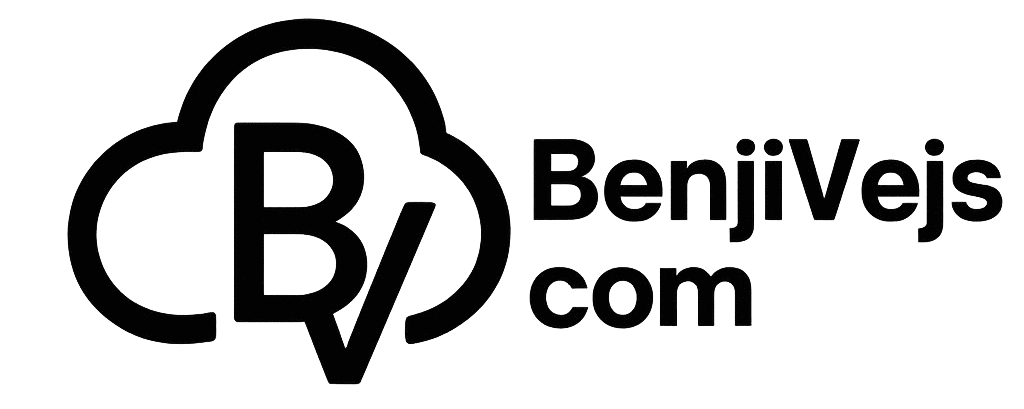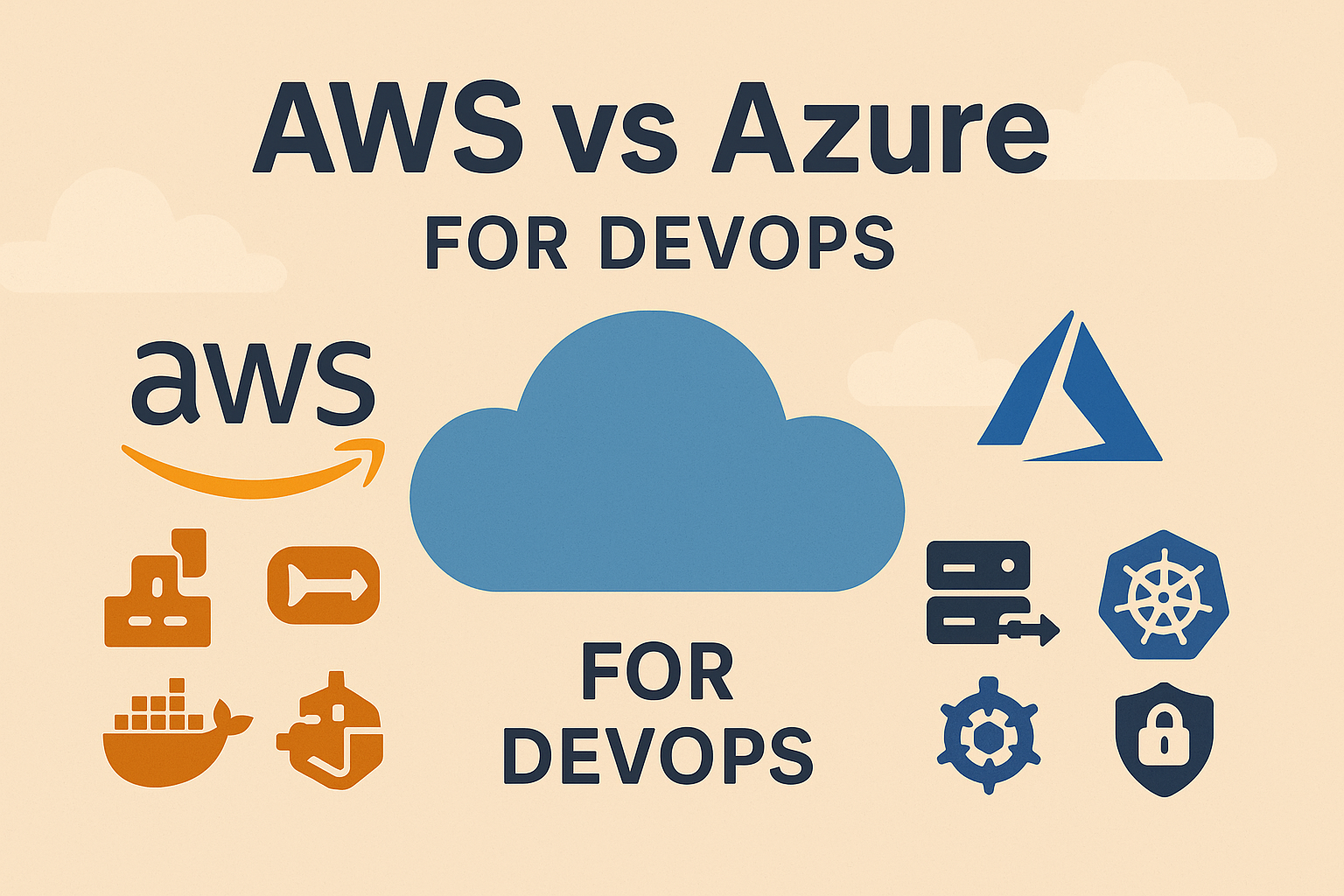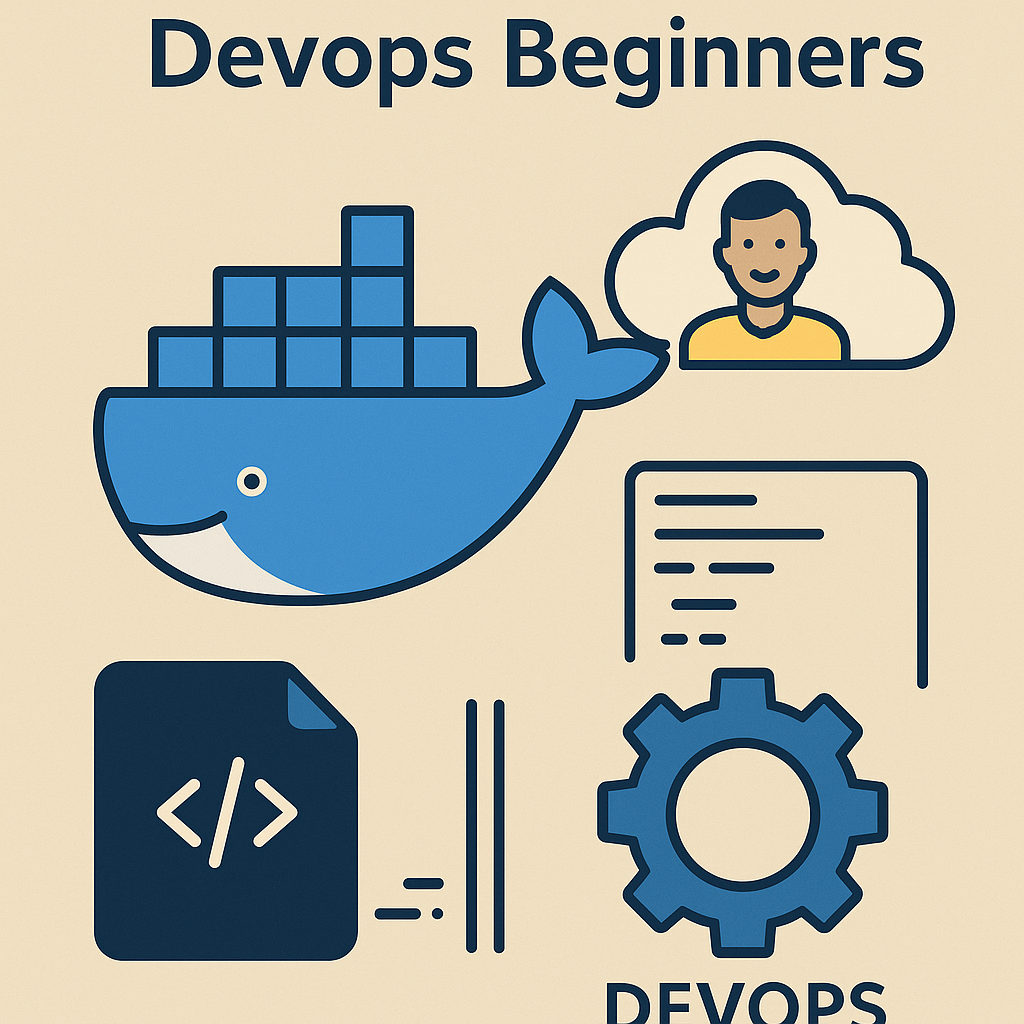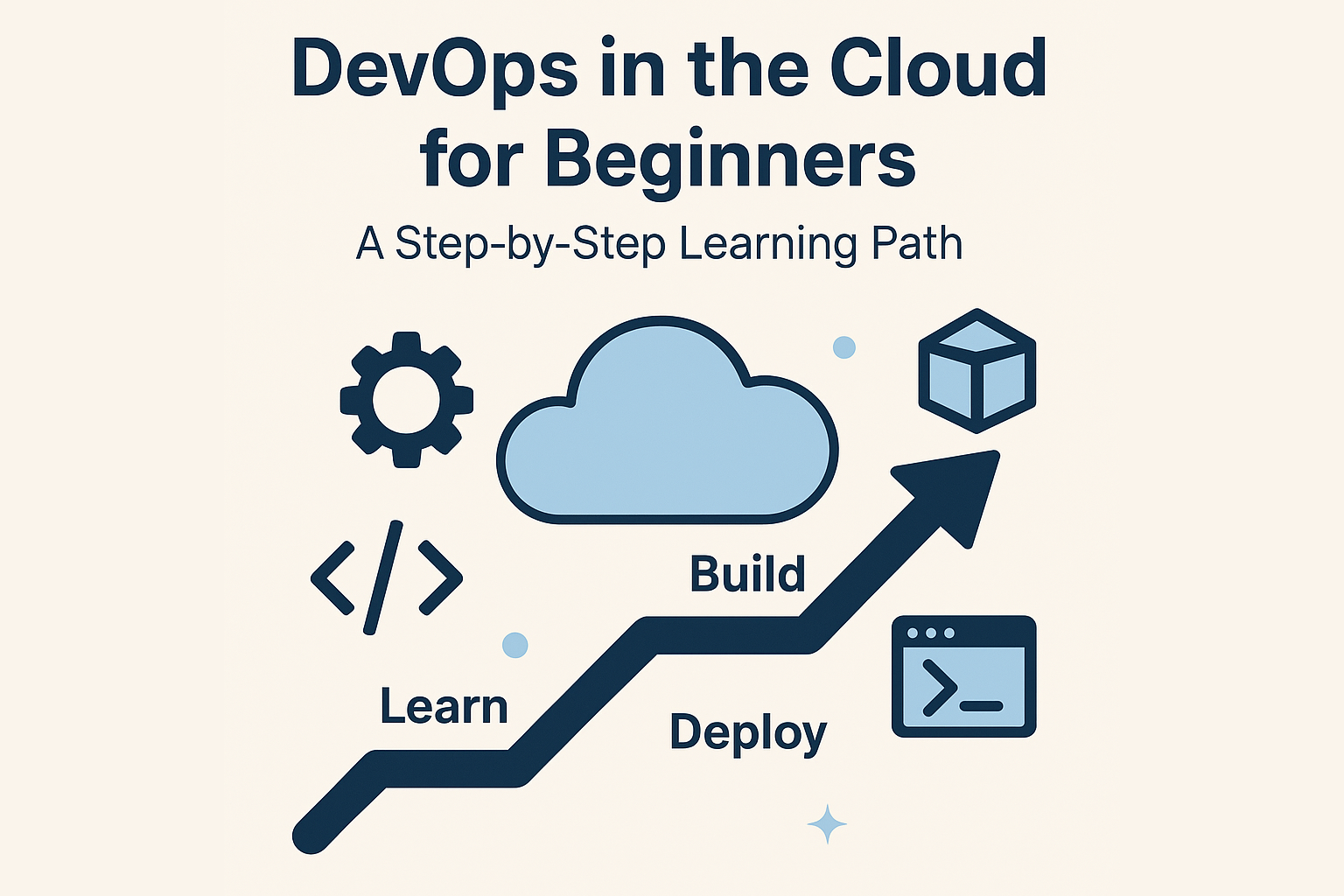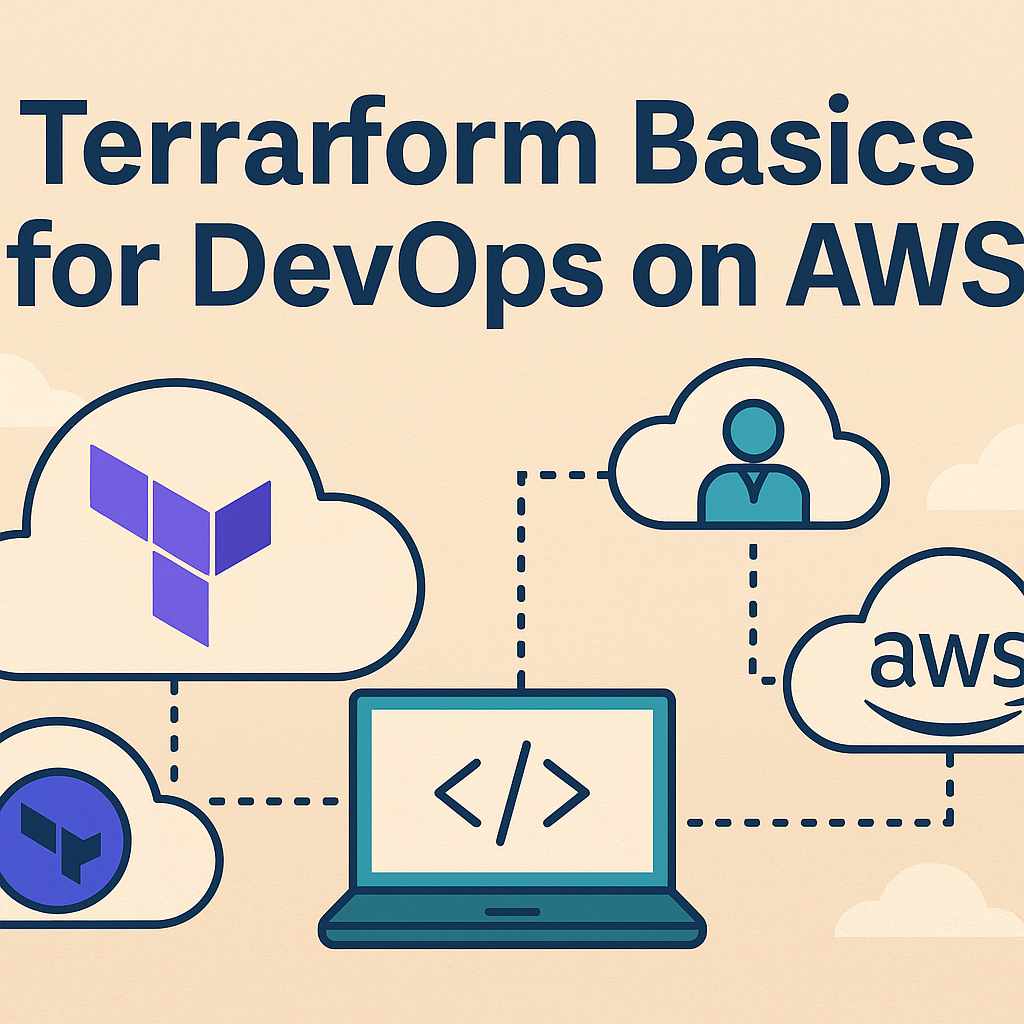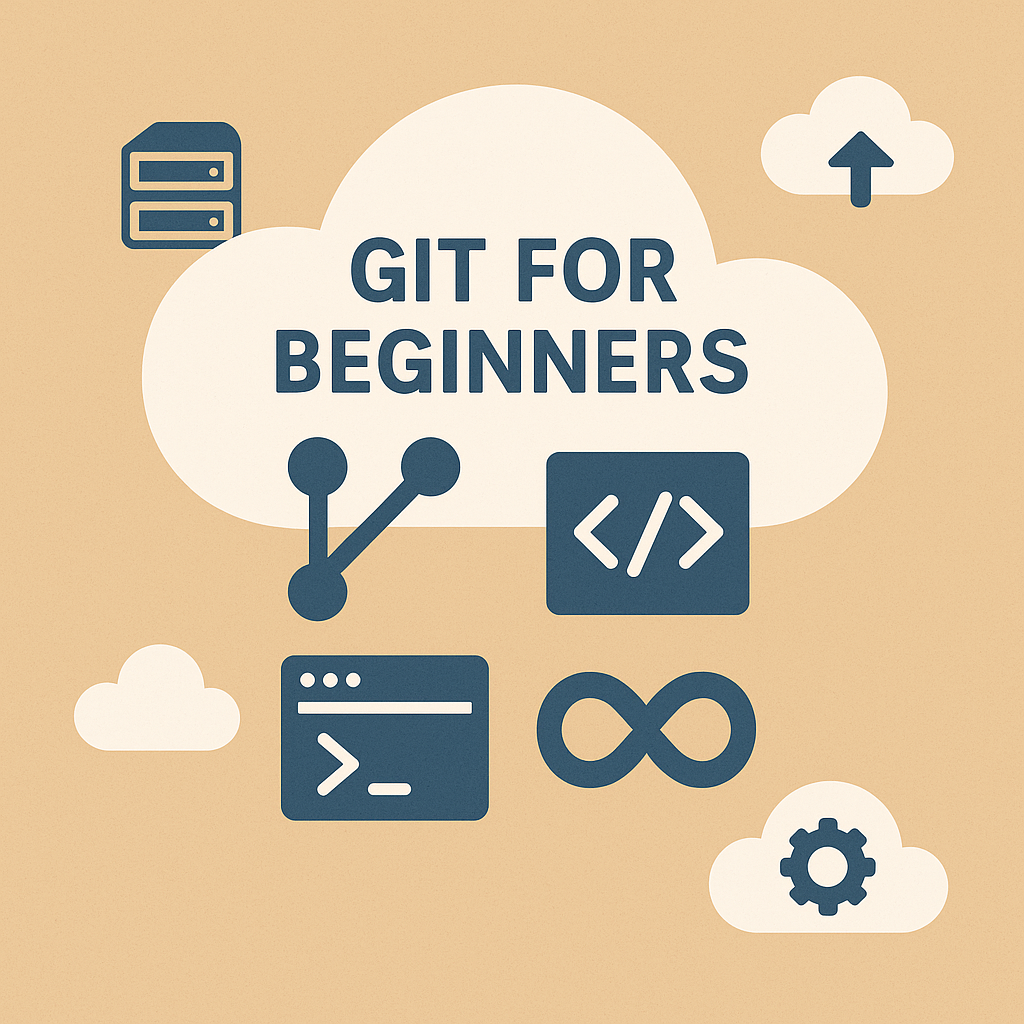How to Collaborate with Git in a DevOps Team
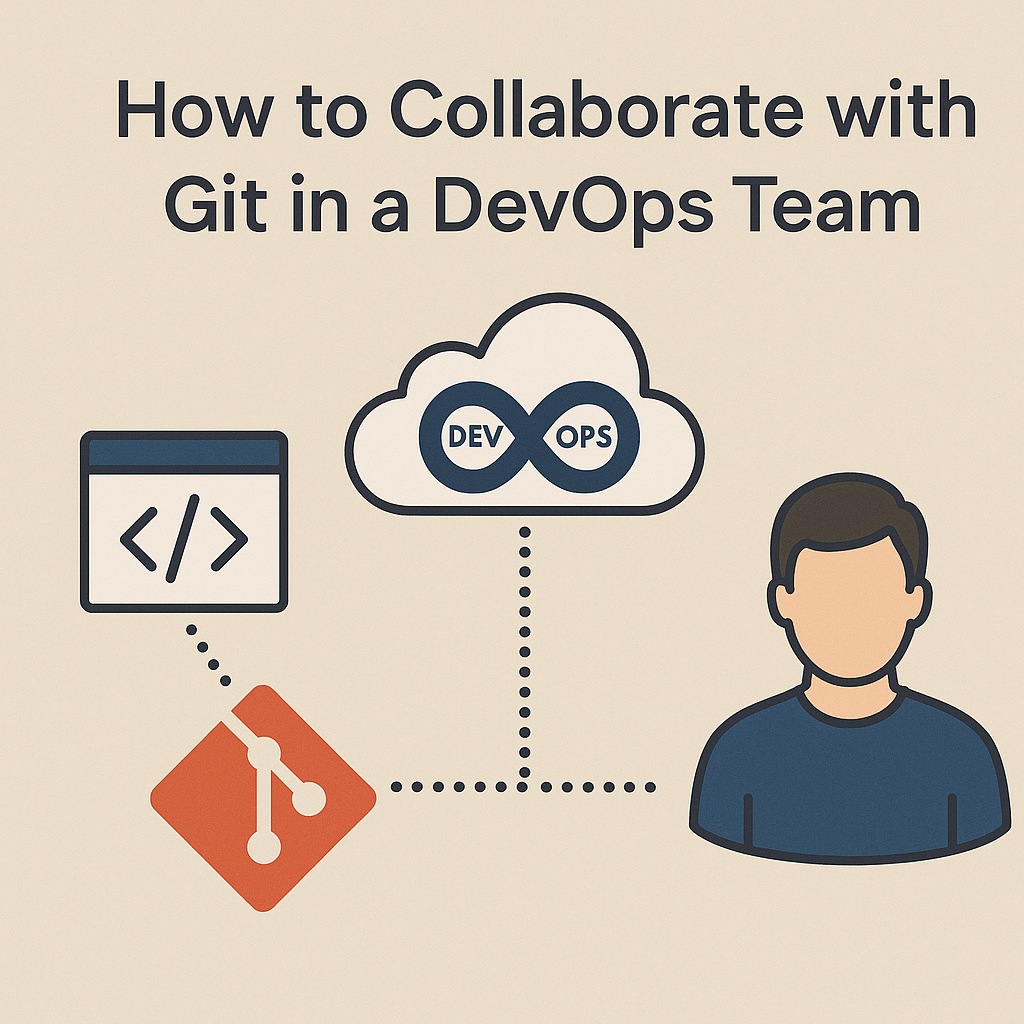
Version control isn’t just about tracking changes — it’s the backbone of collaboration in modern DevOps. If you’ve mastered the basics of Git, the next step is learning how to collaborate with Git in a DevOps team effectively, using branches, pull requests, and GitHub workflows.
This guide walks through how DevOps teams collaborate with Git in a DevOps team to work on infrastructure, code, and CI/CD automation in cloud-based projects. Collaborating with Git is essential for seamless teamwork.
Why Git Collaboration Matters in DevOps
- Speed: Multiple developers and ops engineers can work in parallel.
- Control: Track who changed what, when, and why.
- Review: Enforce code and infrastructure quality through pull requests.
- Automation: Trigger CI/CD workflows based on Git events.
Git Branching Strategies for DevOps Teams
1. Feature Branching
Each feature, bug fix, or infrastructure change happens in its own branch. Collaborating with Git in such a structured way ensures clarity.
git checkout -b feature/ci-pipelineLearn more about Feature Branching on Atlassian
2. Git Flow (Simplified)
main– Always production-readydevelop– Stable but not yet releasedfeature/*– New changeshotfix/*– Urgent fixes to production
Learn more about Git Flow Workflow
3. Trunk-Based Development
- Everyone works off
mainordev - Small, frequent commits
- Relies on robust CI to prevent breakage
Intro to Trunk-Based Development
Pull Requests and Code Reviews
Pull requests (PRs) allow teammates to collaborate with Git in a DevOps team by reviewing changes before merging into shared branches.
Best practices:
- Use clear PR titles and descriptions
- Assign reviewers and request feedback
- Use status checks (CI) before merging
More on Pull Requests in GitHub Docs
Using GitHub Teams and Permissions
GitHub lets you organize users into teams (e.g., Dev, Ops, QA) with role-based access, which is crucial when you collaborate with Git in a DevOps team:
- Read: View-only
- Write: Push to branches, open PRs
- Admin: Configure settings, manage access
You can also protect branches to:
- Require PRs before merging
- Enforce passing status checks (e.g., from GitHub Actions or Jenkins)
- Require approvals or linear history
GitHub Docs: Managing Teams and Access
GitOps and DevOps Collaboration
Git isn’t just for app code. It also powers GitOps workflows: Using Git within DevOps teams has revolutionized collaboration.
- Infrastructure as Code: Manage Terraform, Kubernetes manifests, and CI config in Git
- Automated Deployments: Use tools like ArgoCD or Flux to deploy from Git
Final Tips
- Use branch naming conventions (e.g.,
feature/,bugfix/,infra/) - Encourage frequent commits with useful messages
- Sync with remote often to avoid conflicts
- Pair code reviews with Slack or Teams notifications for faster feedback
Not yet confident with Git? Start with Git for Beginners to learn the fundamentals.
